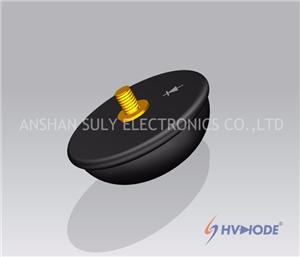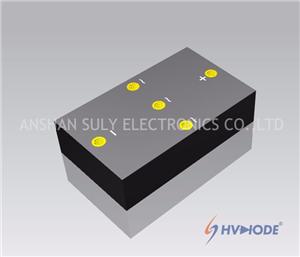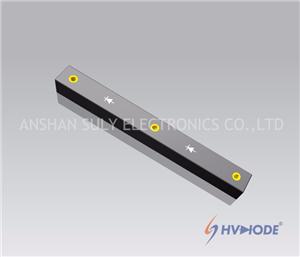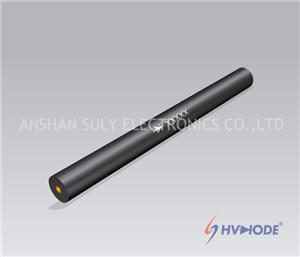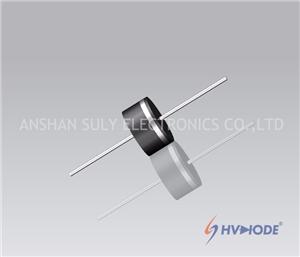- Home
- >
- News
- >
- Industry News
- >
- What is the current of high voltage diode?
What is the current of high voltage diode?
Current is the rate at which electrons flow past a point in a complete electrical circuit. At its most basic, current = flow.
An ampere (AM-pir), or amp, is the international unit used for measuring current. It expresses the quantity of electrons (sometimes called "electrical charge") flowing past a point in a circuit over a given time.
A current of 1 ampere means that 1 coulomb of electrons—that's 6.24 billion billion (6.24 x 1018) electrons—is moving past a single point in a circuit in 1 second. The calculation is similar to measuring water flow: how many gallons pass a single point in a pipe in 1 minute (gallons per minute, or GPM).
Symbols used for amps:
A = amperes, for a large amount of current (1.000).
mA = milliamperes, a thousandth of an amp (0.001).
µA = microamperes, a millionth of an amp (0.000001).
Direct current (dc):
Flows only in one direction.
Common source: batteries or dc generator.
Alternating current (ac):
Flows in a sine wave pattern (shown below); reverses direction at regular intervals.
Common source: household electrical receptacles powered by a public utility.
Reference: Digital Multimeter Principles by Glen A. Mazur, American Technical Publishers.


